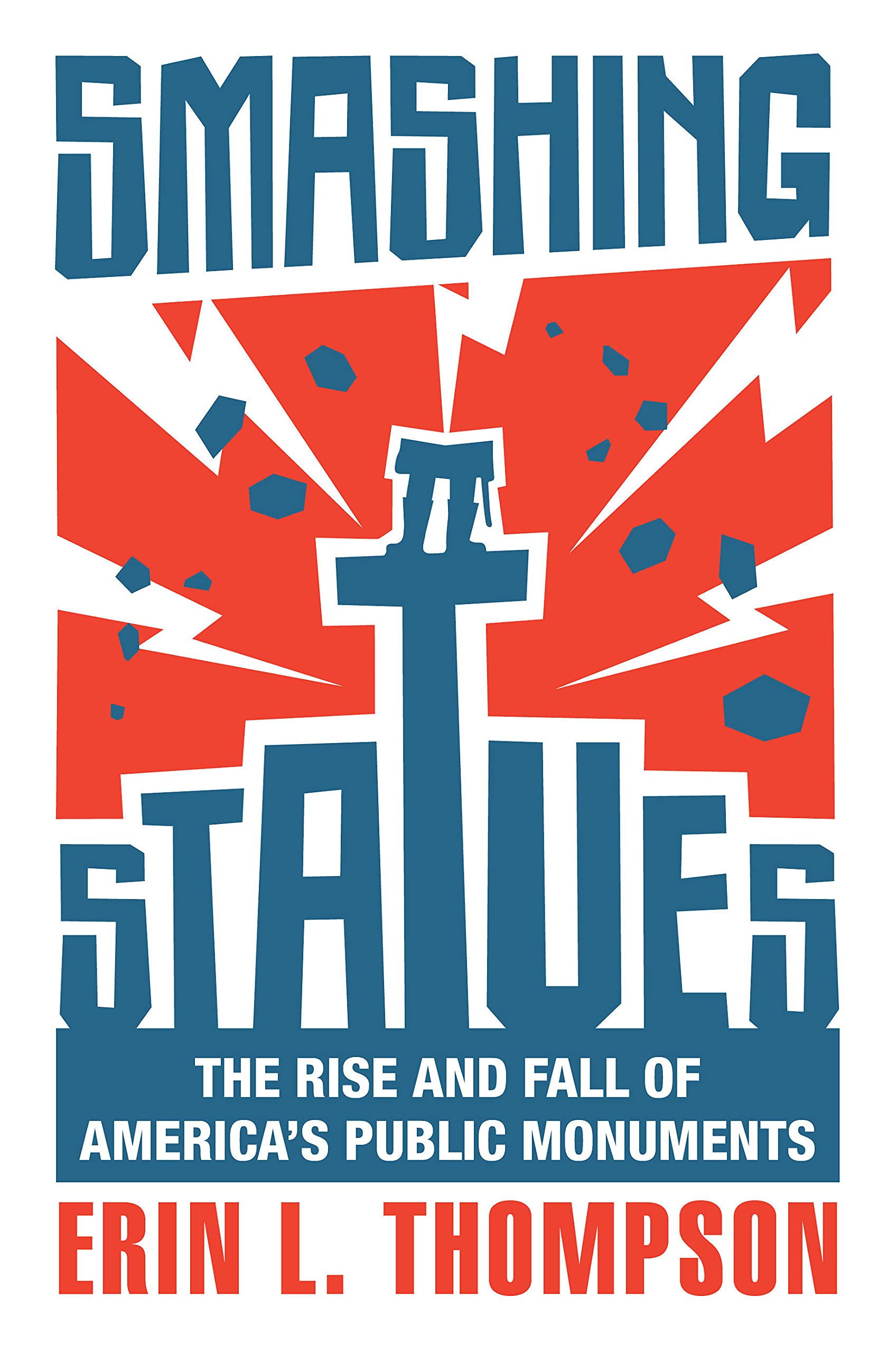2018 School Spending Survey Report
Smashing Statues: The Rise and Fall of America’s Public Monuments
COPY ISBN
 Thompson (John Jay Coll. of Criminal Justice; Possession) offers a crisply written book encompassing law, art, history, and politics that contextualizes the American debate over monuments, particularly to the Confederacy. These she describes as “effigies,” portraying historical figures whose qualities were deemed honorable by those who controlled the narrative. Thompson rejects the idea of eliminating such monuments outright and argues that there’s a human need for realistic artistic depictions. Using select examples (the statue of King George III in Bowling Green, KY; in Washington, DC, Enthroned Washington and the Statue of Freedom atop the Capitol dome; Confederate monuments like the one on Georgia’s Stone Mountain) the author demonstrates art’s frequently misrepresentative nature. Her careful analysis reveals that most Confederate and Union memorials are not equestrian figures of commanders but displays of common soldiers celebrated for their obedience to authority. When statues are removed, it’s generally done by officials, not crowds, and they’re transferred to storage, preserving history and allowing conversations to continue in classrooms and the media.
Thompson (John Jay Coll. of Criminal Justice; Possession) offers a crisply written book encompassing law, art, history, and politics that contextualizes the American debate over monuments, particularly to the Confederacy. These she describes as “effigies,” portraying historical figures whose qualities were deemed honorable by those who controlled the narrative. Thompson rejects the idea of eliminating such monuments outright and argues that there’s a human need for realistic artistic depictions. Using select examples (the statue of King George III in Bowling Green, KY; in Washington, DC, Enthroned Washington and the Statue of Freedom atop the Capitol dome; Confederate monuments like the one on Georgia’s Stone Mountain) the author demonstrates art’s frequently misrepresentative nature. Her careful analysis reveals that most Confederate and Union memorials are not equestrian figures of commanders but displays of common soldiers celebrated for their obedience to authority. When statues are removed, it’s generally done by officials, not crowds, and they’re transferred to storage, preserving history and allowing conversations to continue in classrooms and the media.
VERDICT Worthily preceded by Sanford Levinson’s Written in Stone and David Gobel and Daves Rossell’s Commemoration in America, Thompson’s book underlines the need to evaluate public monuments, murals, and exhibits, to make them nexuses of learning rather than reinforcers of past beliefs.
0 COMMENTS
Comment Policy:
- Be respectful, and do not attack the author, people mentioned in the article, or other commenters. Take on the idea, not the messenger.
- Don't use obscene, profane, or vulgar language.
- Stay on point. Comments that stray from the topic at hand may be deleted.
- Comments may be republished in print, online, or other forms of media.
- If you see something objectionable, please let us know. Once a comment has been flagged, a staff member will investigate.
RELATED
ALREADY A SUBSCRIBER? LOG IN
We are currently offering this content for free. Sign up now to activate your personal profile, where you can save articles for future viewing



